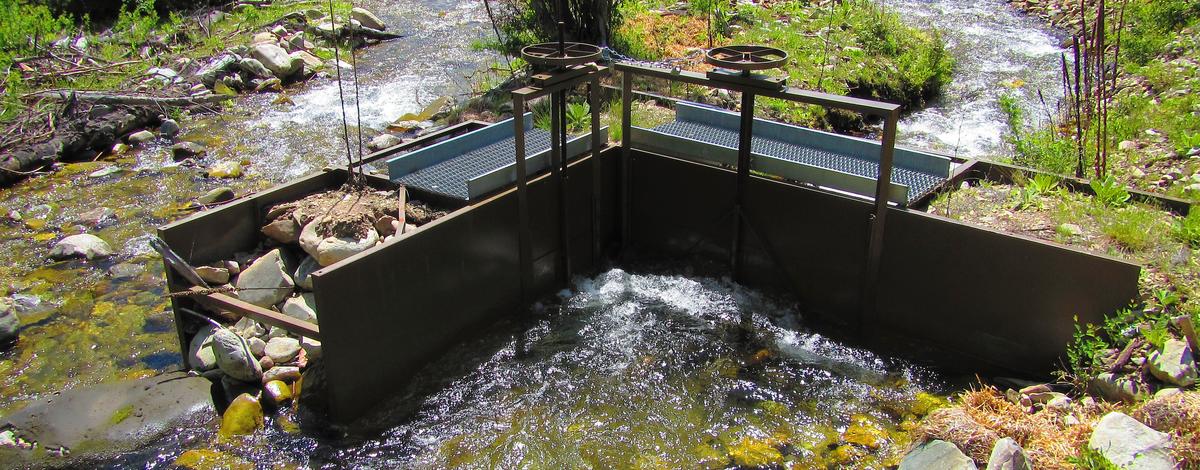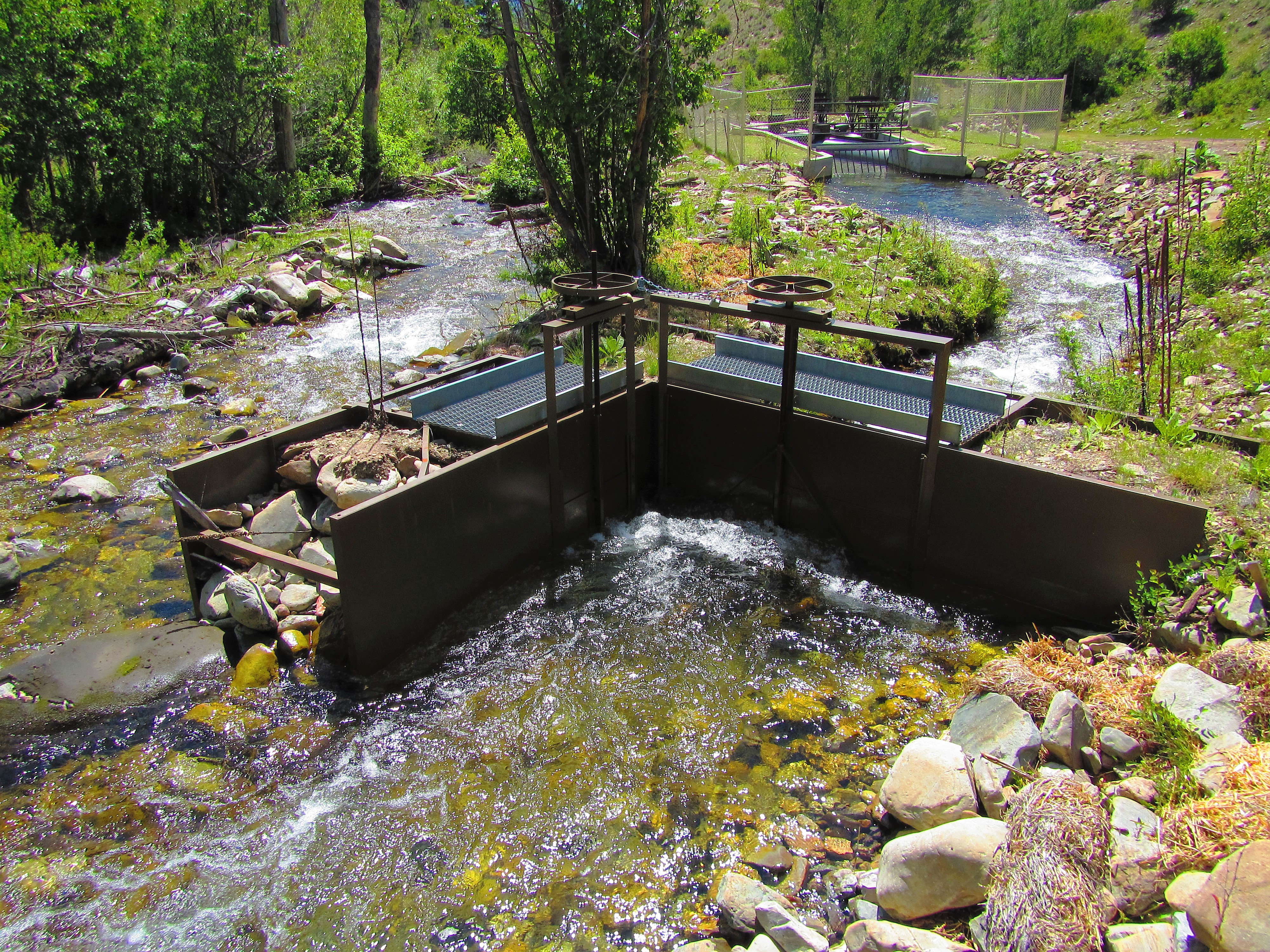With the irrigation season winding down and efforts to keep fish out of ditches, local irrigators who divert water from area rivers and streams are asked to call Idaho Fish and Game’s Fish Screen Program at 756-6022 several days before shutting off their water for the season.

Salmon Region irrigators asked to contact Fish and Game before turning water off
Fish and Game's fish screen program, water users, and local landowners have been working together to prevent the loss of fish into ditch systems for over 60 years

Irrigators are also asked to ramp down their flows over several days before turning ditches completely off. The gradual decrease in flow stimulates fish to migrate out of the irrigation system. When ramping down their headgates, irrigators are encouraged to leave a minimal flow of 50 inches (1 cfs) in the ditch to allow time for Fish and Game to collect any stranded fish. If requested, Fish and Game can turn down the headgate after any stranded fish are removed.
The success of this program was measured with a study that began in 2003 to count fish as they were returned back to the river after being diverted into a ditch system. It was found that in the Lemhi River, up to 88 percent of all migrating juvenile Chinook salmon are diverted into at least one ditch system as they migrate to the ocean. Through the screening efforts, all fish are safely returned to the river.
Fish screens not only prevent the loss of salmon, but steelhead, trout, whitefish, and other fish species are safely returned as well.
Fish and Game’s Anadromous Screen Program currently operates and maintains over 281 fish screens, which are critical to helping rebuild Idaho’s salmon and steelhead runs. These efforts would not be possible without the support of local irrigators, landowners and area communities.
